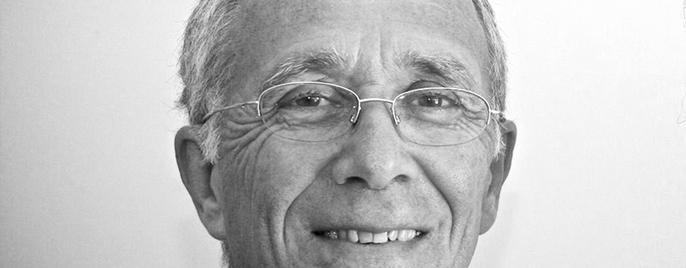Mrs Carey’s Concert uses a school’s music department to show the dynamics of the music staff and students working towards a concert, how did you strike the balance?
Mrs Carey’s Concert documents MLC’s preparations for their biennial concert at the Sydney Opera House. In telling the story the film delivers much more, as it captures the story of music making, coming of age, compliance and rebellion. I came onto the film quite a few months after Sophie (Raymond) had started the edit. Most of my time was spent with Bob (Connolly) and Sophie structuring the story. We worked for weeks with cards, trial and error editing, and lots of fervent discussion. Though the film has a chronological order, starting two years before the concert and ending with Emily playing the Bruch Violin Concerto, within that we had to include layers that involved teachers, students and Karen’s (Carey) passion for music.
How did you narrow down the characters of the documentary with a cast of many?
We decided that the main characters we kept had to relate to the concert and Karen’s single-minded belief in the power of music. In addition we included slightly off subject incidents that gave the film added depth.
How did the decision not to use graphics to name anyone throughout the film affect the edit?
As we wanted to maintain an observational style we decided to only use occasional supers as chronological markers, or to identify the music being played. Naming places or characters would have created an unnecessary distraction from the drama.
The documentary is mainly observational with a few choice interviews. When was that style arrived at the edit?
Observation and interviews were always central to telling the story, and the characters instigated the interviews. Music was dominant, from kindergarten classes to Emily’s final performance. The set up, as always, was the hard part. Text on screen was tried, a fleeting mention of a narrator, then Bob struck on the idea of using Karen’s voice from and interview ending with “it doesn’t matter how you play, as long as it comes from the heart” over Doretta’s performance, and this set the direction of the film.
What’s your favourite experience working on the documentary?
Going to a screening of the film at the Palace on Norton St after it had been on a while, and seeing it with a plentiful audience, and a burst of applause at the end – that was very satisfying.
